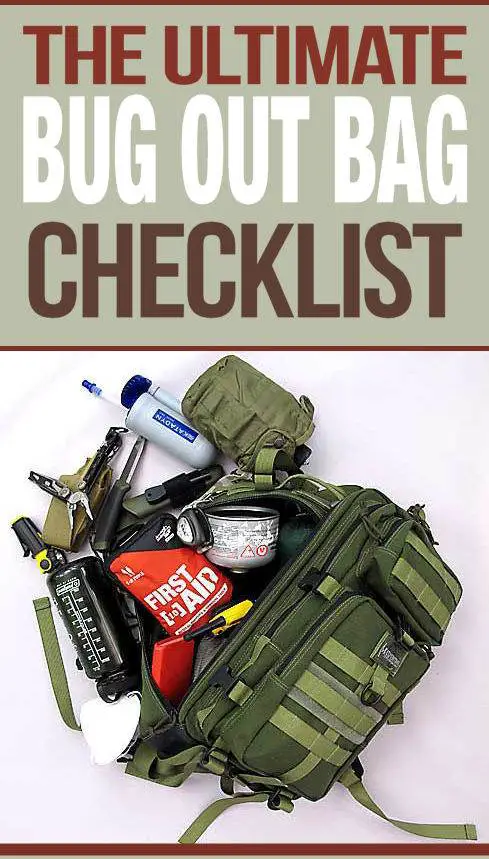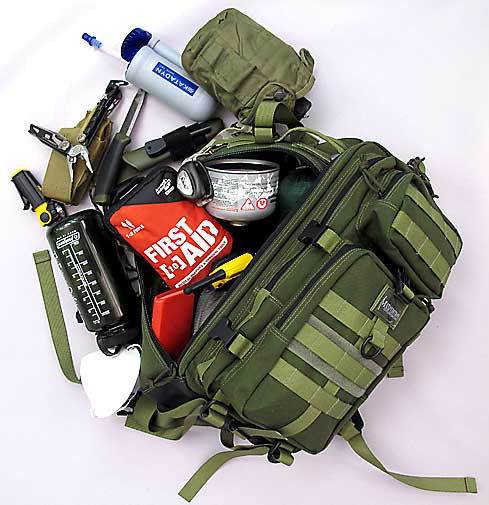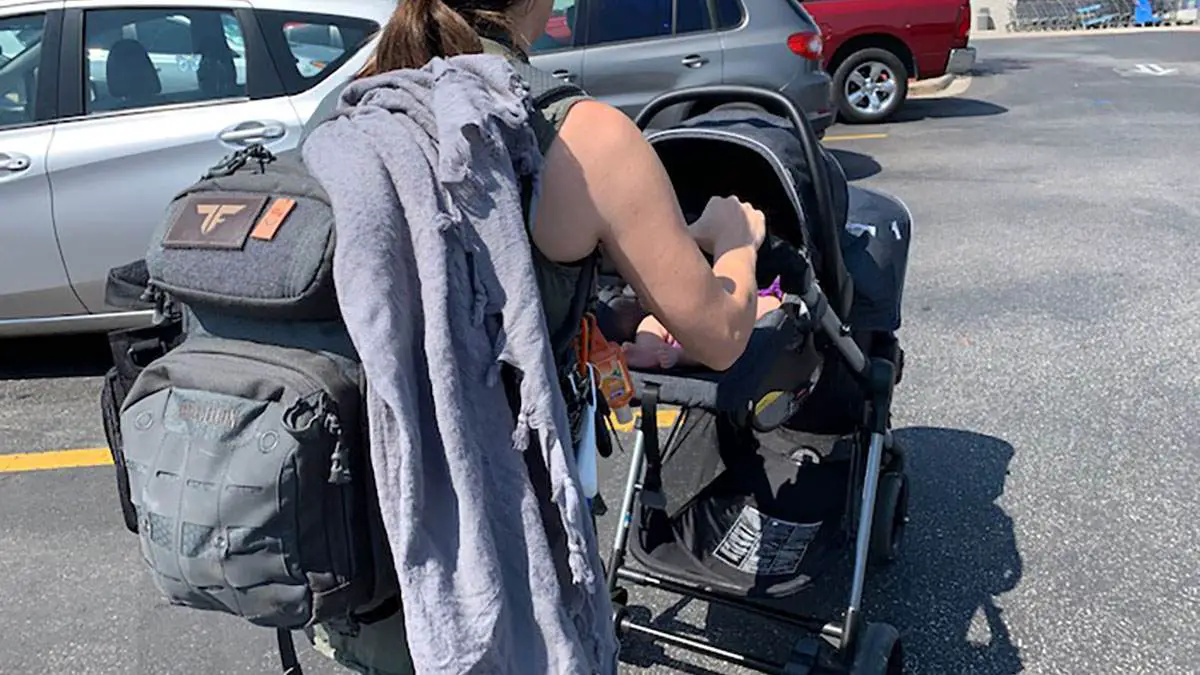Table of Contents
Do You Have A SHTF Plan?
Leaving your home during a crisis is against your instincts and what many experts recommend. However, there may be situations where staying in your home or around your community is life-threatening.
Leaving everything behind may be one of the most difficult decisions you make during a disaster. Situations that may force you to leave your home include a nuclear detonation where radioactive fallout is a threat with a chemical or biological attack.
Natural threats that can force you from your home can include the threat of tsunamis, flooding from heavy rains or tidal surges, and destructive winds.
Create a Bug Out Plan
Some individuals and families will convince themselves they would never leave their homes under any circumstance. This means they have not planned for evacuation because they refuse to accept the fact they may have to. Once reality strikes, however, and the disaster is looming, people will evacuate. That’s why it’s better to be prepared in advance, even if it hurts your sentiments. But nothing is much more important than life.
Without the proper planning, you can flee one crisis only to be thrust into another. Start now looking at alternative locations (bug-out-locations). Use online mapping software that shows terrain, nature, and population density to help you find an area to evacuate.
Use the GPS tool to know your surrounding location and determine which will be the best place for a secret hideout.
Then get to know the place physically and start preparing with the necessary tools we discussed in the doomsday article. However, it doesn’t mean setting up a sturdy tent right away. But purchase a quick-to-setup tent that is portable too.
Besides, state and federal parks are one option and use property that friends or family own. Once you leave your area, you cannot drive aimlessly around, but you must have a destination in mind. That’s why it’s crucial to preplan the hideout location that is safe and accessible to natural resources.
You should be able to get to the location using only half of a fuel tank, and the other half is for returning home or moving from an alternative place. Service stations may not be in operation, but if they are, there may be a fuel shortage, so do not assume you can refuel along the route.
Locate parks that are far enough away from large metropolitan areas to be safe from nuclear, chemical, or biological fallout. Further, you will be close to the natural resources that will help you tremendously in the crisis.
Map out various routes to your destination, and ensure you avoid bridges, tunnels, and elevated highways to not get trapped anywhere. Use back roads as much as possible because most people will use the most logical routes, resulting in traffic jams.
In some circumstances, you have to travel on foot the entire way or partly. If you find the highways and roads are blocked. Have bug-out bags ready even if you can make your way out of the area by vehicle because you will need to carry supplies for the worst-case scenario.
Another crucial factor would be to plan a plan B. It’s not necessary that things work out as you have planned, so you need to have a backup plan. Formulate a strategy that gives security to your family and reduces stress while surviving. Do not panic if plan A fails, be calm and quickly execute plan B, which is generally another location similar you’ve planned initially.
Also, inform and discuss with your family about the doomsday prepping. No one knows when the next apocalypse comes, maybe it comes the following day. So, keeping your family aware of the preparation would be crucial. If possible you can practice your survival techniques on holidays to get a better hands-on living within nature.
Further, at the end of the world or humanity, people would do anything for survival even if it means harming others. So, it’s better to train yourself and your family in combat abilities with equipment like a knife, machete, and axe. You’ll have to do everything to keep your family intact and safe from possible threats.
Favorite food would not be an option, so choose foods that have enough calories and are long-lasting. Besides, you can practice catching fish, fruits, and veggies so that it won’t be hard for you in your initial days of survival.
Bug Out Bag
Your bug-out bag would be in addition to any supplies you have stockpiled in your home and differs slightly from a get-home bag. Individuals and families tend to focus their efforts on stockpiling supplies in their homes and then struggle if they have to evacuate.
They do not know what to do with their supplies other than leave them behind. You may have to leave quickly, so having bags ready is critical. You won’t have the time to pack stuff if the situation in your area becomes hostile or otherwise dangerous.
Motels and hotels are no option because they will fill up quickly. You should have the means in your packs to survive, using your vehicle as shelter. Also, tents and tarps if you find yourself at a national or state park.
This indicates the importance of gaining knowledge and the skill sets to live away from home during a crisis. Once you find yourself at a national or state park, you must have the supplies, materials, skills, and knowledge to survive using the natural resources available.
State and federal parks typically have areas ideal for camps and usually have surface water sources. In some cases, the park may have structures that can be used.
For more information on national parks, please visit Sierra Club Website
The Bug Out Bag Checklist
Each group member should have their own bag if they are old enough to carry one. Avoid one person carrying the water and one the food and so on. Instead, all members should have the survival tool kit in their bags. So, even if one gets lost, he can survive until he’s rescued.
All members should have the basic survival tool kit in their own bags. So, even if one gets separated, he can survive until he’s rescued. Make the packs identical. Looking for a Bug Out Bag Checklist, Download the PDF
- Each pack needs three days’ supply of H2O, which for hydration only is 1.5 gallons (two quarts daily)
- Three days’ supply of food such as protein bars, Meals Ready to Eat (two per day for adults), beef jerky and peanut butter and crackers, avoid canned goods or foods that require liquid for preparation, such as freeze-dried or dehydrated foods
- Small one-person tent or two tarps for shelter
- Two thermal (Mylar) blankets
- Rain poncho
- Whistle/signal mirror
- Communication device
- Knife/multi-tool
- Waterproof matches, lighters, and alternative fire-starting materials such as a magnesium stick or Ferro rods
- Lensatic compass and maps of the area, state, and country
- Sleeping bag, if room allows, roll tight and secure on the outside of the pack
- 50 feet of nylon rope
- Small camp axe/machete or folding wood saw
- Insect repellent and/or netting
- Person hygiene items and include hand sanitizer and bath wipes to avoid using liquid for bathing and hand cleaning
- Hat, work gloves, several bandanas, sunscreen, lip balm, and sunglasses
- First aid supplies and common over-the-counter medications for pain, stomach upset, and allergies
- Water purification tablets
- Two stainless steel canteens that can be worn on a belt (can also be used to boil water for purification)
Bug Out Bag Tutorial
Once again, the items in your bug-out bag are in addition to any supplies you place in your vehicle and have stored inside your home.
It’s preferred to have first aid and some food items in the bag to access the most critical items first.






![Hot And Neutral Reversed But Wired Correctly [Causes + Solutions] Hot And Neutral Reversed But Wired Correctly [Causes + Solutions]](https://homesteadandprepper.com/wp-content/uploads/2022/06/Hot-And-Neutral-Are-Reversed-But-Wired-Correctly-150x150.jpg)
![What To Put On Windows To Keep Heat Out? [8 Ideas] What To Put On Windows To Keep Heat Out? [8 Ideas]](https://homesteadandprepper.com/wp-content/uploads/2021/04/Window-blinds-To-Keep-Heat-Out-150x150.jpg)



